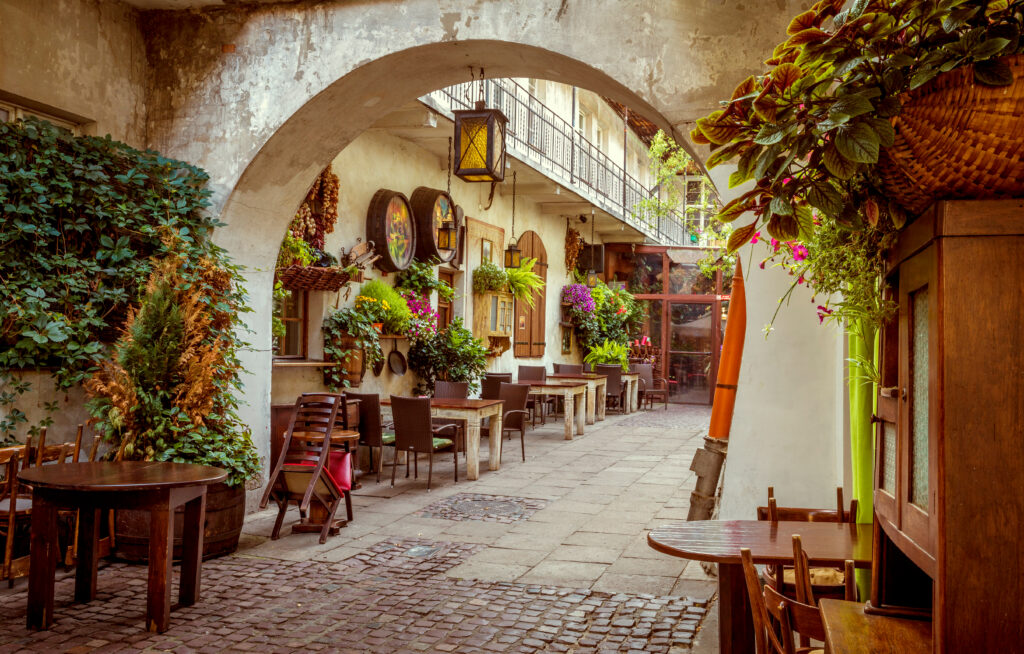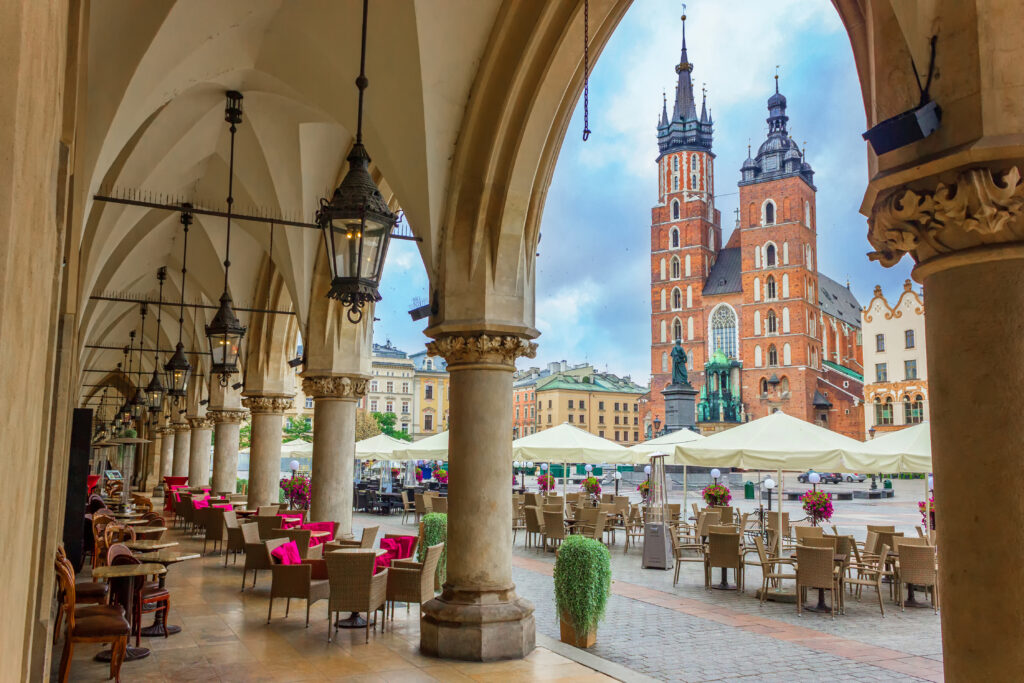My Love Letter Krakow
“Isn’t Poland, like, super homophobic?”
Every time I tell someone my stories from Krakow, I am faced with this very question. It’s true that Poland is one of the worst European countries for LGBTQ+ people to live in. There are no civil partnerships or gay marriage, tradition and folklore always play major roles in every discourse and far-right politics are strong. The current government, in power since 2015, is indeed responsible for some of the worst PR a country could have. Politicians, however, just like Grindr dates, come and go, often leaving behind a subtle aroma of disappointment and questions among the lines of “what was that really for?” So, whenever someone asks me the above, I reply, “the government is queerphobic, and so are many of its voters. The city itself – my city – is far from that.”
Krakow is one of the most beautiful places in the eastern half of Europe, next to gems such as Prague and Budapest. The city is home to the largest medieval town square in Europe, dating back to the 13th century. From this point on, I could name-drop things until my next birthday. Krakow’s Old Town is a collection of iconic landmarks, built in the renaissance, baroque, and gothic architecture styles, making it a real feast for the eyes.
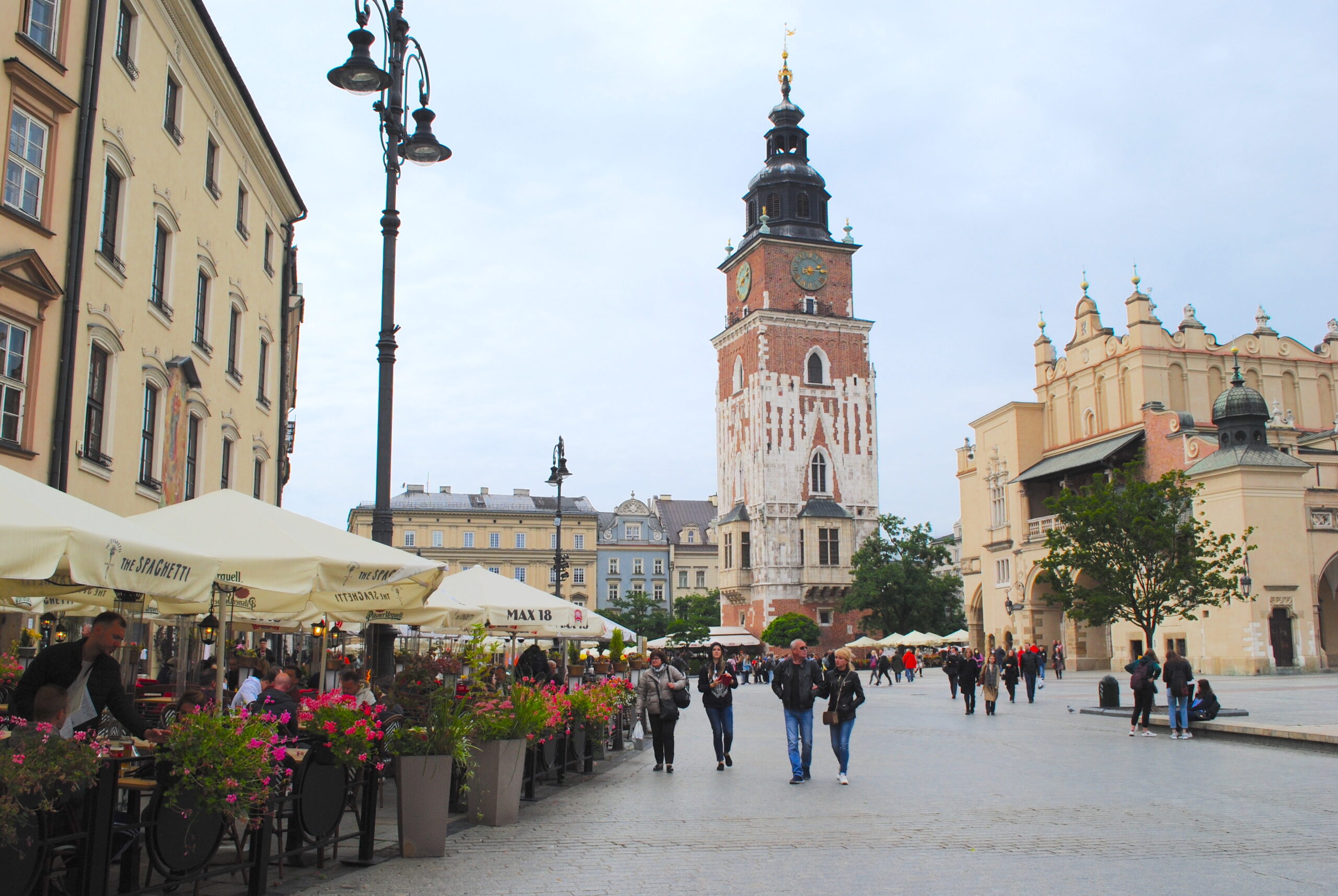
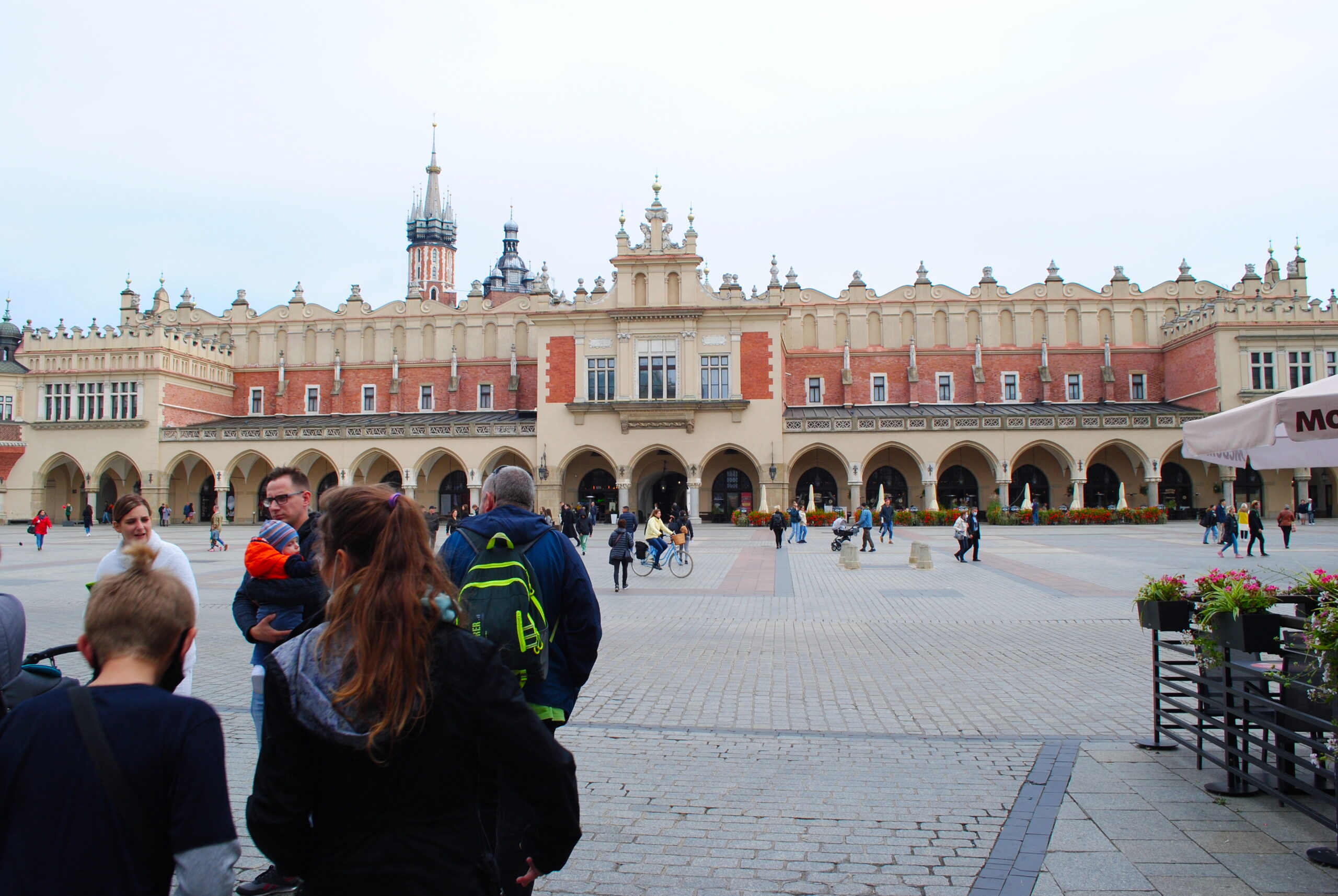
In the middle of the square, outside the building called Cloth Hall, stands a statue of Adam Mickiewicz. He is to Poland what Shakespeare is to England, so to speak, at the same time being every high school student’s number one enemy. The statue of this romantic-era author very often serves as a meeting point for Krakowians. “See you tonight by Adam’s [statue]”. A true Cracovian will tell you that this is where every good night out starts.
Here is where we begin our journey – at the square, by Adam’s. Surrounded by the sound of a trumpet coming from the church tower, horse and carriage tours, hyperactive pigeons, and stag parties drunkenly relocating from one establishment to another. I have always loved walking down Krakow’s cobblestone streets, hidden among the lit-up townhouses at night. I can never get enough of the stunning architecture.
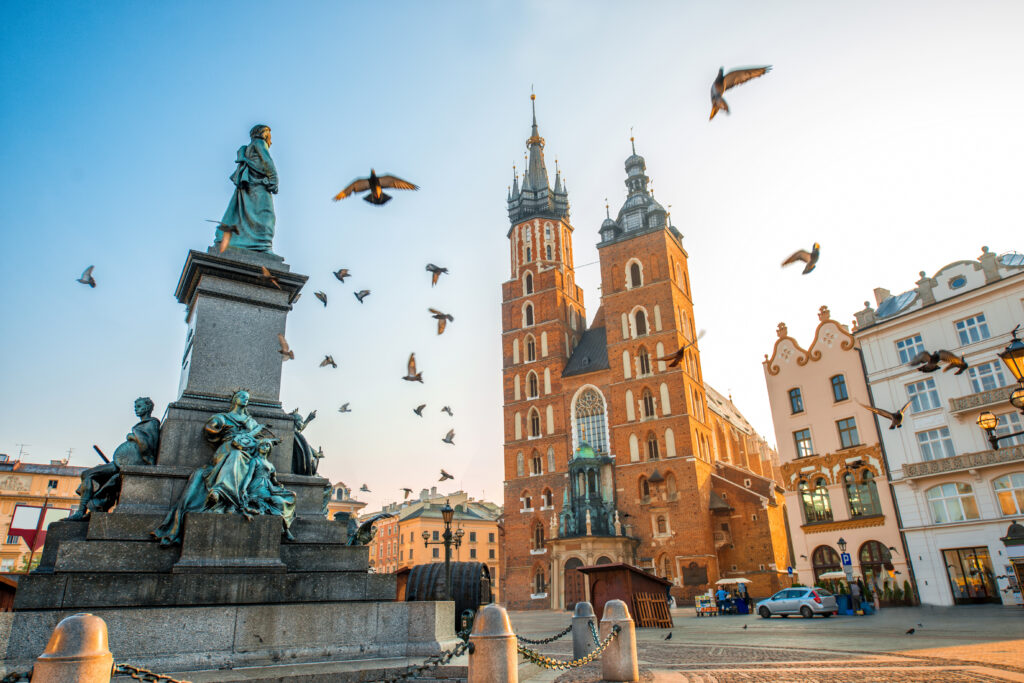
Krakow has been kept in pristine condition over the years. During World War II, Germans made Krakow the headquarters of their occupation, which meant no bombing. Hitler’s right hand and the governor of Nazi-occupied Poland, Hans Frank, even made Wawel Castle – the royal palace and burial place of our kings and queens – his private residence. But that’s enough about Old Town landmarks. As we all know, there’s more to a city than its looks. Some of the prettiest cities are often the most boring ones too (Brussels, anyone?).
For centuries, Krakow has served as the capital of art and culture, with various theatres, poetry clubs, cinemas, and museums attracting large numbers of visitors. Throughout history, some of our most gifted poets and musicians lived there. These days, you can get lost in any type of art you’d like. We even have a Da Vinci! It doesn’t get any better than that, does it? It can be seen in the Czartoryski Museum on Pijarska street.
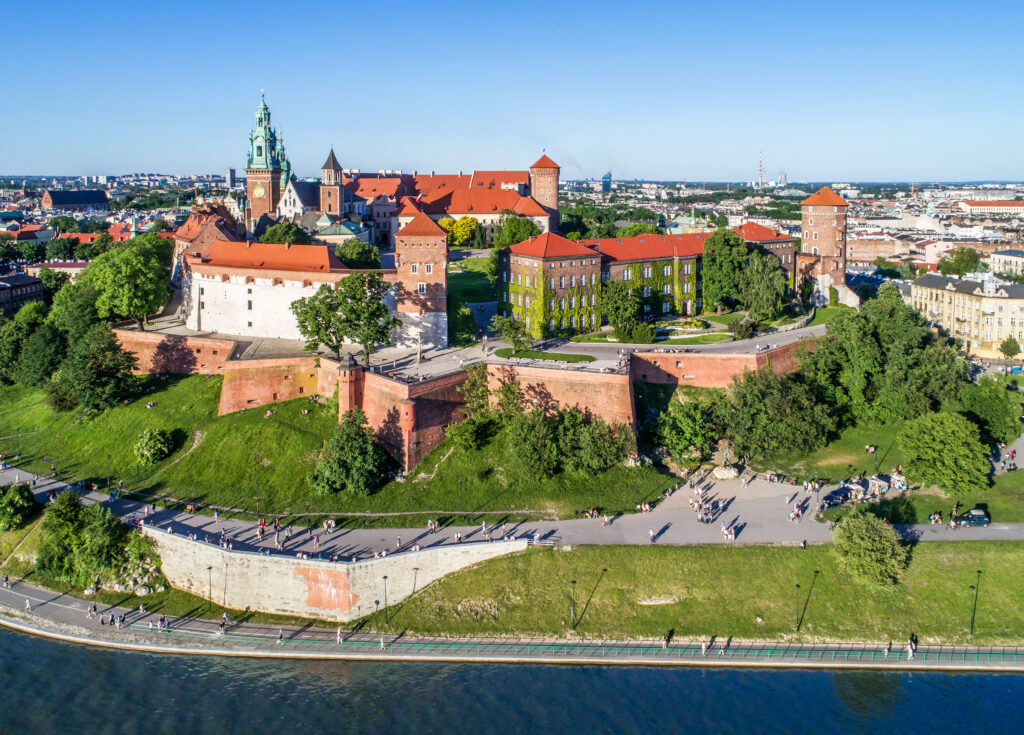
If you prefer something more contemporary, the Museum of Contemporary Art in Krakow (MOCAK) is a place for you. The cutting-edge, thought-provoking and often controversial art has made it one of the most visited modern art museums in Poland. The organization is also an active supporter of the LGBTQ+ community.
Last autumn, which in a typical Polish fashion felt exactly like summer, I had taken my partner to Krakow for the first time. During that visit, the city was plastered top to bottom in rainbow flag posters, advertising a free-to-attend performance called “LGBT Speak Out.”
MOCAK put together “LGBT Speaks Out” to amplify queer voices of Poland. In a fenced territory on the main square, after sunset, a selection of drones loudly ascended above ground for everyone to see. With tiny screens on them, drones displayed human eyes as audio recordings were played. The testimonies of queer people who faced physical and mental abuse, bullying, discrimination, and homelessness, were finally on display and represented.
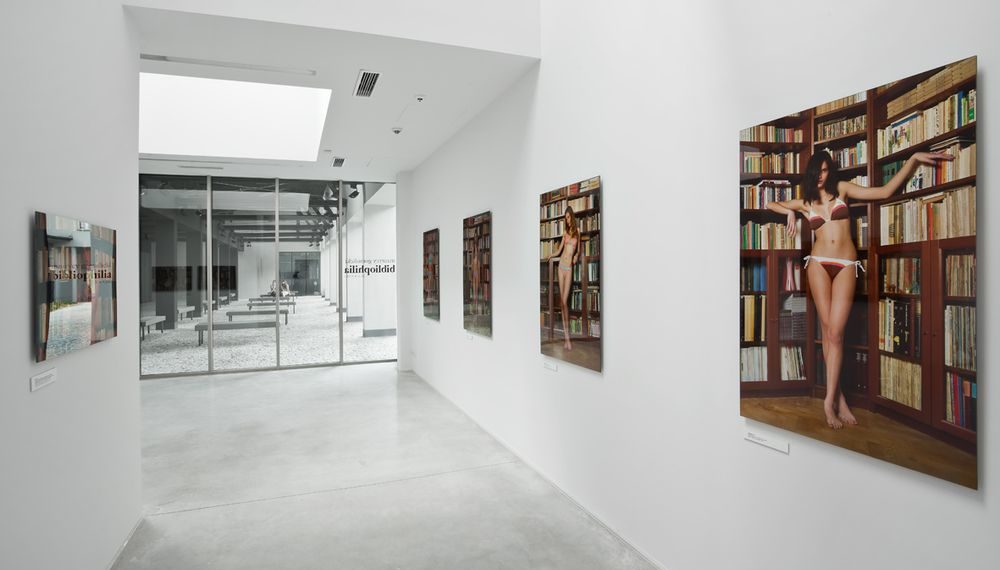
As I stood there with my partner on that hot autumn night, all that could be heard were the sounds of drones and audio recordings. The whole square was at a standstill. There were no counterprotests. The police escort didn’t have to intervene. My partner, knowing how critical I am of Poland’s queerphobic attitudes, looked at me and said, “I think you need to be a little less critical from now on. The place is changing, however slow that might be.”
That night, we sang karaoke in a nearby Coyote Bar until 4 in the morning, paying less than two bucks per pint of beer. And for those who love their luxuries – five-star hotels in Krakow can be two to four times cheaper than their western European cousins. Our hotel, Hotel Stary, had an underground swimming pool hidden underneath the gothic arches of Old Town dungeons.
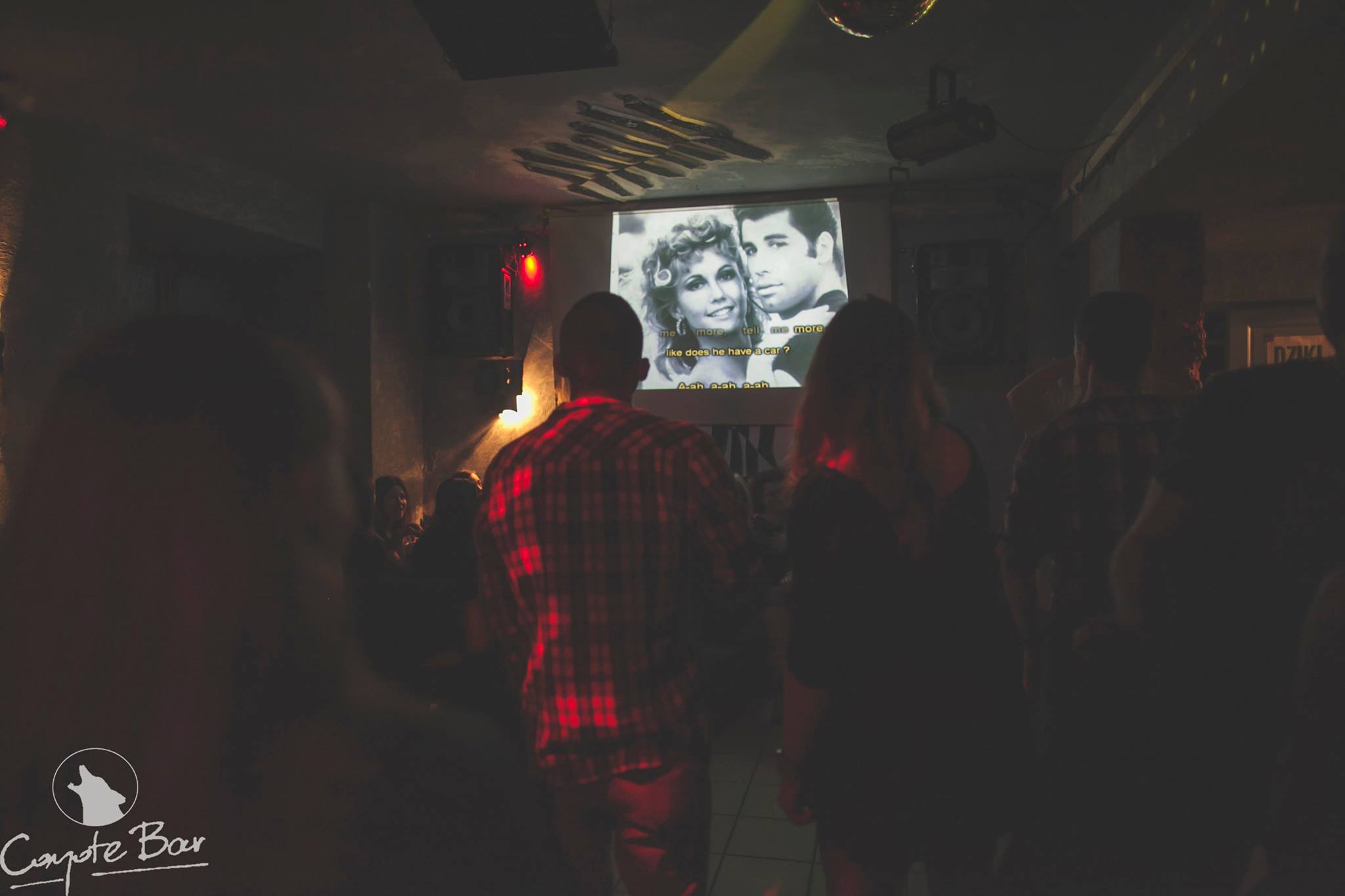
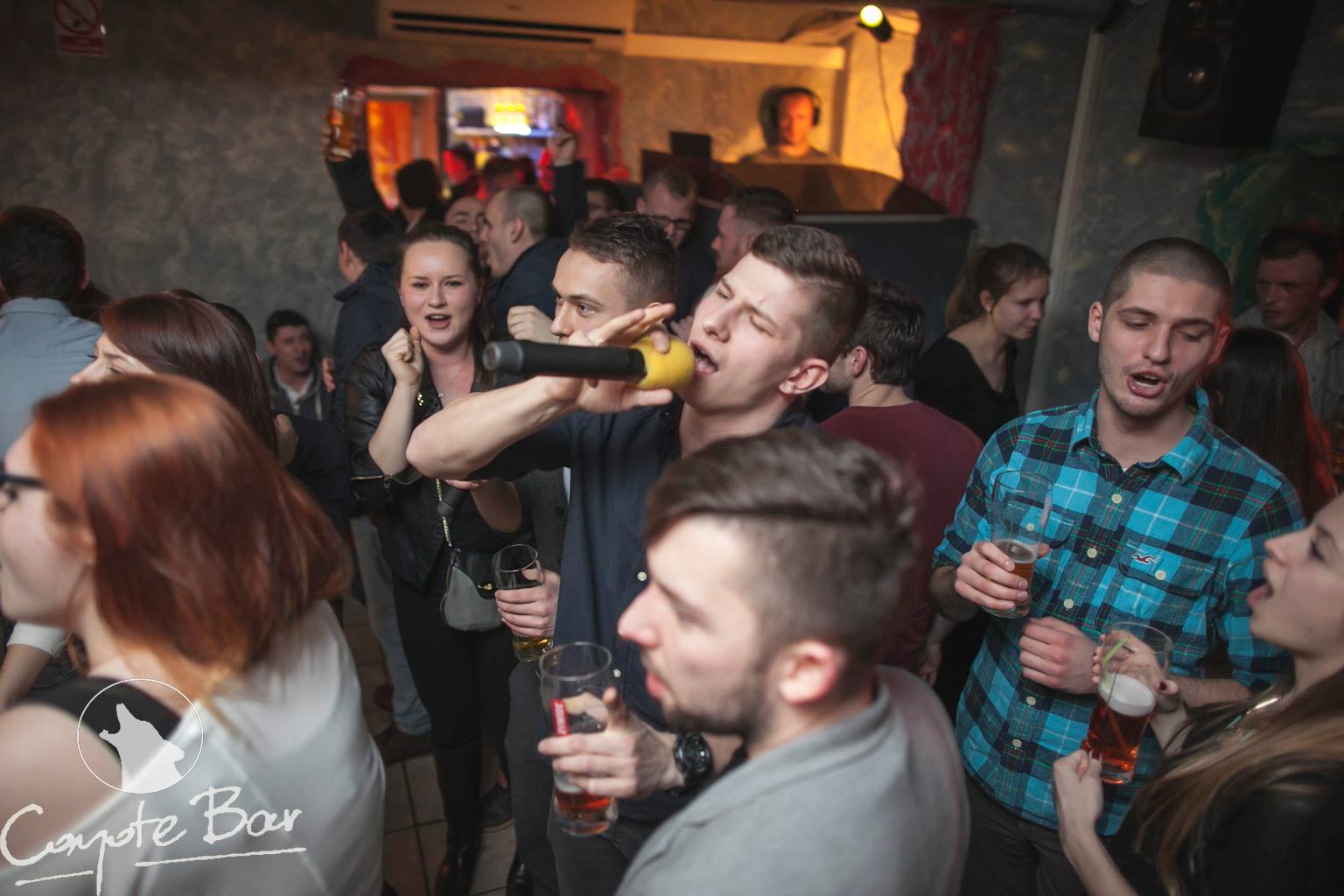
We’ve come a long way since we first left Adam’s statue a few paragraphs earlier. The smell of kebabs doesn’t leave the air and hungry British lads are lining up to get them pronto. We head to Kazimierz – the Jewish quarter.
Filled with old synagogues, murals, and traditional graveyards – Krakow’s Jewish district is without a doubt its most charismatic element. It feels messier and dustier, the buildings are less pristine, and the shops seem a bit random. I will never forget when in the mid-2010s, I would go to niche, hipster bars of Kazimierz to drink prosecco from coupe glasses and talk Quebecois cinema with handsome boys, and then relocate to a wine bar.
Krakow’s Jewish area has some of the loveliest and best-stocked wine bars in Poland. In Barawino (Mostowa Street), you can get good wine for as little as $10! Of course, if you prefer high-end beverages, you might have to spend a bit more than that. In Krakow’s wine bars, you are likely to meet art and music students, actors, businesspeople, and the city’s key personalities. If you visit at the right time, you might even get to Krakow soon enough to enjoy its various summer festivals. From jazz music to Jewish culture to independent cinema – there’s something for everyone. And who knows? Maybe we’ll even see each other by the Adam’s statue? If I’m not there, I’m probably queueing for a kebab!
